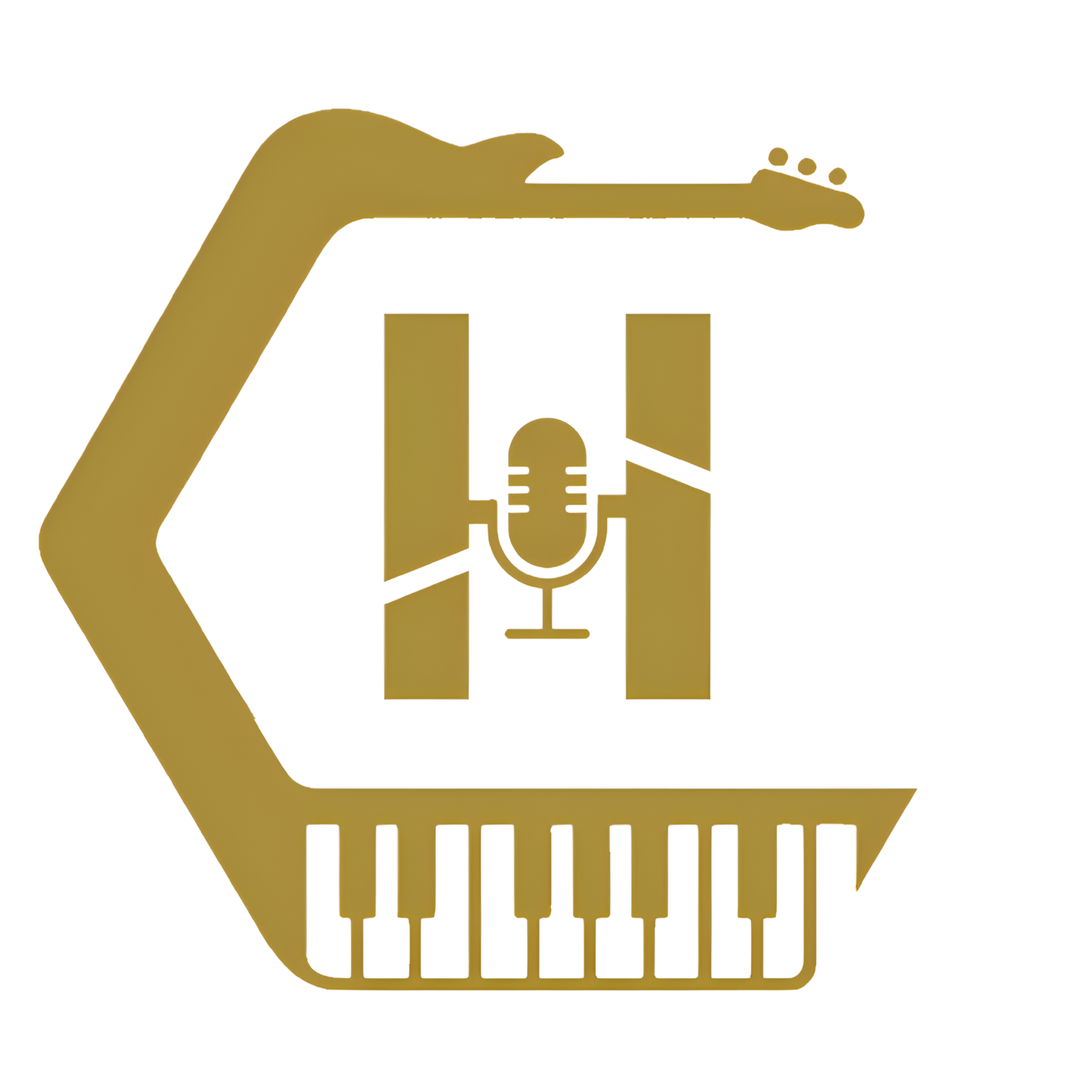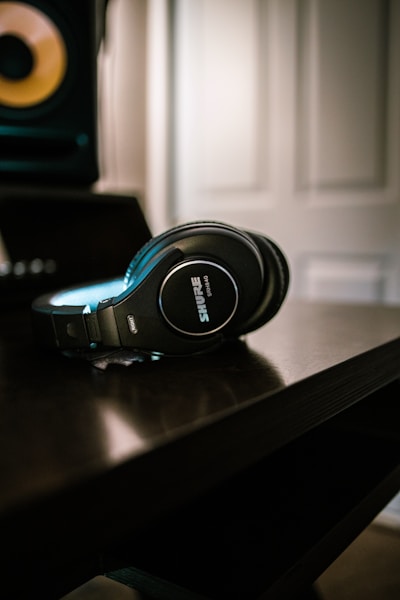Introduction:
In this third edition of Music Without Borders, we explore the remarkable rise of home recording technology and its impact on the music industry. Gone are the days when producing a professional-quality track required booking expensive studio time and hiring a team of engineers. Today, artists around the world are turning their bedrooms into creative hubs, producing music that rivals major studio releases. This shift has been nothing short of revolutionary, empowering musicians like Uezurii (@uezurii.flac), Miracle Productions (@prodbymiracle), Maeki Maii (@maeki_the_rhillis), and Jason Langvee (@langvmusic) to create, collaborate, and distribute their work independently.
These artists exemplify how home studios have transformed the music landscape, providing a platform for diverse voices and innovative sounds that might have otherwise remained unheard. With affordable tools and software, artists now have the freedom to experiment and refine their craft on their own terms, breaking down barriers that once limited access to the industry. Whether it’s a DIY producer layering complex beats in a small apartment or a singer-songwriter recording vocals in a makeshift closet booth, the possibilities for creativity are endless. This edition will delve into the history of this evolution, explore essential tools for building a home studio, and offer tips for achieving professional results from the comfort of your own home.
A Brief History of Home Recording
The Early Days:
In the early days of recorded music, access to professional studios was limited to those with significant financial backing. Record labels controlled the process, and the high cost of studio time was a barrier for many aspiring musicians. However, the introduction of consumer-grade tape recorders in the 1960s began to change the landscape. Artists like The Beatles used multitrack recording to explore new sonic possibilities, laying the groundwork for future innovation.
The Shift to DIY:
By the late 20th century, technological advancements made recording equipment more accessible. The Tascam Portastudio, introduced in 1979, was one of the first affordable multi-track recorders, allowing musicians to record and mix tracks independently. This era also saw artists like Bruce Springsteen and Paul McCartney using these devices to create demo recordings at home before heading to a professional studio.
The Digital Revolution:
The introduction of digital audio workstations (DAWs) in the 1990s marked a significant turning point. Software like Pro Tools, Cubase, and later, FL Studio and Ableton Live, allowed musicians to record, edit, and mix music entirely on a computer. These tools democratized music production, making it possible for anyone with a computer and a microphone to create high-quality recordings.
Artists like Billie Eilish, who recorded her debut album When We All Fall Asleep, Where Do We Go? in a bedroom studio, demonstrated the potential of home recording. Her success highlighted how professional results could be achieved without traditional studio spaces, inspiring a new generation of bedroom producers.
Current State:
Today, home studios have become the norm for many artists. From hip-hop producers using FL Studio to singer-songwriters recording with Logic Pro X, the tools available are both powerful and affordable. The COVID-19 pandemic further accelerated this trend, as artists adapted to working remotely and collaborating online. Platforms like Splice and BandLab have made it easier than ever for musicians to share ideas and work together, no matter where they are in the world.
Essential Tools for Setting Up a Home Studio
Hardware Essentials:
1. Audio Interface: The cornerstone of any home studio. Brands like Focusrite, Universal Audio, and PreSonus offer high-quality interfaces at various price points.
2. Microphones: For vocals, condenser microphones like the Audio-Technica AT2020 are popular for their clarity and detail. Dynamic microphones, such as the Shure SM7B, are preferred for their durability and ability to handle high sound pressure levels.
3. Monitors and Headphones: Studio monitors provide an accurate representation of your mix. The KRK Rokit series and Yamaha HS series are widely used by home producers. For detailed listening, headphones like the Audio-Technica ATH-M50x offer excellent sound quality.
4. MIDI Controllers: MIDI keyboards like the Akai MPK Mini or Novation Launchkey allow producers to play virtual instruments and control their DAW with ease.
5. Acoustic Treatment: Basic acoustic panels and bass traps can significantly improve the sound quality in a small room, reducing unwanted echoes and creating a more accurate listening environment.
Software Essentials:
1. Digital Audio Workstations (DAWs): Ableton Live, Logic Pro X, and FL Studio are among the most popular DAWs, each offering unique features and workflows.
2. Plugins and Virtual Instruments: Third-party plugins like Serum for synthesizers and FabFilter for mixing tools are essential for expanding the sonic palette of any home studio.
3. Sample Libraries: Platforms like Splice offer a vast array of samples and loops, making it easy to find inspiration and build tracks quickly.
Budget Considerations:
Starting a home studio doesn’t require a massive investment. Many beginners start with a basic setup and gradually add more equipment as their skills and needs grow. Prioritize essential items like a good audio interface and microphone, and explore free DAWs like Audacity or entry-level versions of professional software like Ableton Live Lite.
Tips for Producing High-Quality Music at Home
Recording Techniques:
1. Setting Up a Recording Space: Choose a quiet space with minimal background noise. Use blankets or foam panels to reduce reflections and improve sound quality.
2. Microphone Placement: Experiment with different positions to find the best sound. For vocals, keep the mic about six inches away, angled slightly upwards.
3. Managing Noise: Use noise reduction plugins or software to minimize background sounds. Record during quiet times to avoid interference from external noise.
Mixing Advice:
1. Balance and Panning: Start by setting levels for each track and use panning to create space in the mix. Keep the vocal centered and spread supporting elements like backing vocals and instruments.
2. EQ and Compression: Use EQ to remove unwanted frequencies and enhance the clarity of each track. Compression helps control dynamics, making the mix sound more cohesive.
3. Reverb and Effects: Use reverb to add depth and space to your mix. Delay, chorus, and other effects can be used creatively to enhance the overall sound.
Mastering Basics:
1. Loudness and Dynamics: Aim for a balanced mix with good dynamic range. Use a limiter to prevent clipping and ensure your track is at an appropriate loudness for streaming platforms.
2. Mastering Tools: Plugins like iZotope Ozone offer a range of tools for finalizing your mix, including EQ, compression, and limiting.
Staying Inspired and Productive:
1. Creative Workflow: Set aside dedicated time for creating music and avoid distractions. Use templates in your DAW to streamline your workflow.
2. Setting Goals: Break down projects into manageable tasks and set deadlines for each stage. This helps maintain focus and ensures steady progress.
Conclusion:
The evolution of home recording technology has not only democratized music production but also reshaped the entire industry, offering artists unprecedented freedom and control over their creative process. From Uezurii’s lyrical mastery to Juanrique’s versatile productions, artists are proving that a professional studio is no longer a prerequisite for success. As technology continues to advance, the possibilities for home recording will only expand, making it an exciting time for both creators and listeners.
Whether you’re a seasoned producer or just starting out, the tools to create and share your music are more accessible than ever. So, set up your home studio, experiment with new sounds, and let your creativity flourish. Share your journey with us, and let’s inspire each other to push the boundaries of what’s possible in music production.



